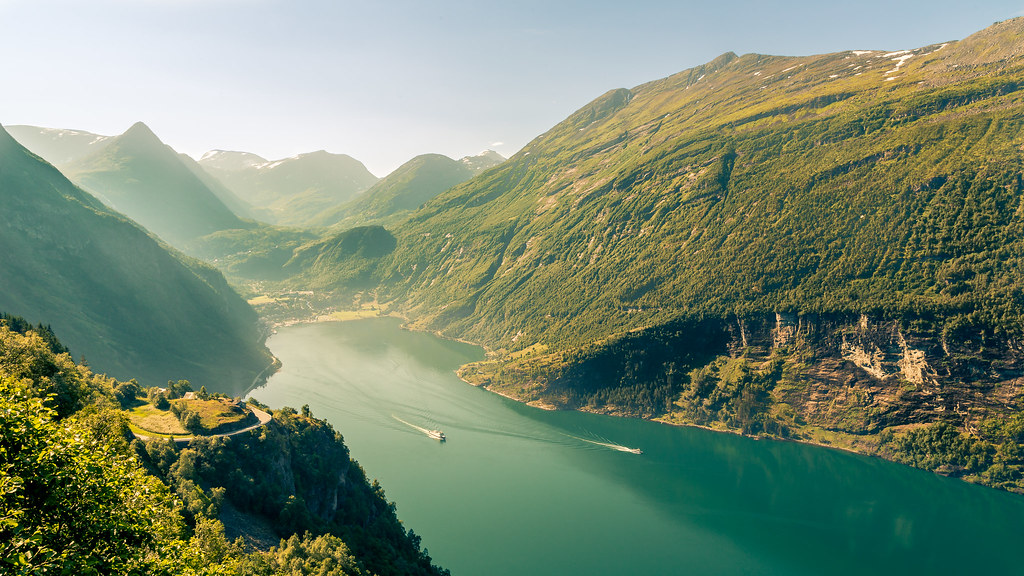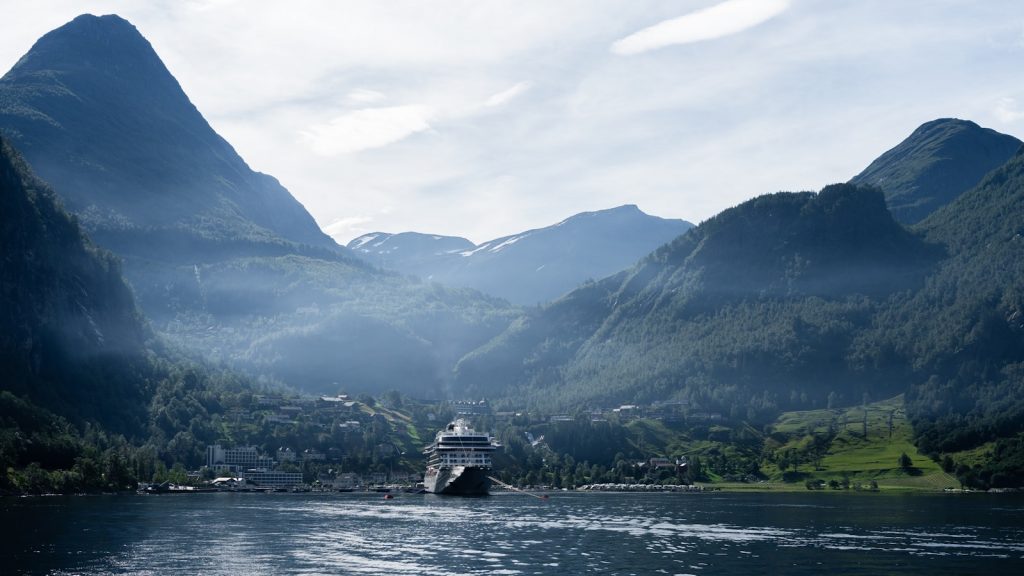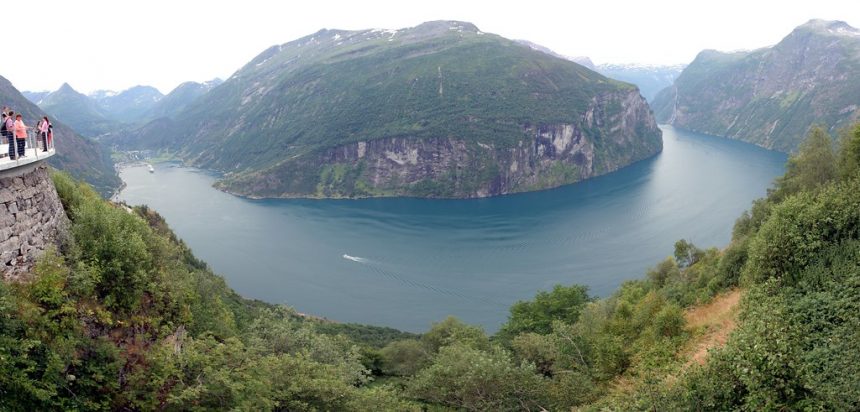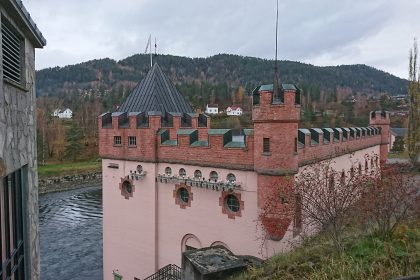West Norwegian Fjords – Geirangerfjord and Nærøyfjord: Nestled in the picturesque south-western region of Norway, north-east of Bergen, lie the awe-inspiring Geirangerfjord and Nærøyfjord. These two fjords, separated by a distance of 120 km, are among the world’s most renowned natural wonders, celebrated for their unparalleled scenic beauty and geological significance. As quintessential examples of fjord landscapes, they showcase the remarkable interplay between nature’s forces and human appreciation for the sublime.
A Geological Marvel
Geirangerfjord and Nærøyfjord are distinguished by their narrow, steep-sided rock walls that soar up to 1,400 meters from the Norwegian Sea, while plunging 500 meters below sea level. The sheer cliffs are adorned with countless waterfalls, cascading rivers, and verdant forests, creating a dramatic landscape that captivates the imagination. These fjords epitomize the geological processes of glaciation and erosion, offering a glimpse into the Earth’s ancient history and ongoing evolution.

UNESCO Recognition
Designated as a UNESCO World Heritage Site, Geirangerfjord and Nærøyfjord meet stringent criteria for their outstanding universal value. Criterion (vii) acknowledges their unparalleled scenic beauty, characterized by towering cliffs, cascading waterfalls, and rugged mountains, while Criterion (viii) recognizes their significance as classic examples of fjord landscapes, providing insights into geological processes and postglacial evolution.
Preserving Integrity and Authenticity
Efforts to safeguard the integrity and authenticity of the fjords are paramount to ensuring their long-term preservation. With comprehensive legislative protection and effective management strategies in place, the fjords remain relatively unaffected by human activity. Although challenges such as tourism pressures and mining activities exist, stringent regulations and monitoring mechanisms mitigate potential impacts, safeguarding the fjords’ outstanding universal value for future generations.

Management and Conservation
An integrated management framework, supported by advisory committees and cooperative measures, ensures the sustainable conservation of the fjords’ natural and cultural heritage. Tourism management plans, environmental impact assessments, and risk-preparedness strategies are instrumental in mitigating potential threats and preserving the fjords’ pristine landscapes. By fostering collaboration among stakeholders and adopting proactive measures, the management system strives to balance conservation efforts with responsible tourism and development initiatives.
Embracing the Majesty of Nature
In conclusion, Geirangerfjord and Nærøyfjord stand as emblematic symbols of Norway’s rich natural heritage and geological splendor. As custodians of these majestic landscapes, we have a collective responsibility to cherish, protect, and sustainably manage these treasures for future generations. By embracing the majesty of nature and fostering a harmonious relationship between humanity and the environment, we can ensure that the legacy of Geirangerfjord and Nærøyfjord endures for centuries to come.
Read in Rachona: West Norwegian Fjords – Geirangerfjord and Nærøyfjord: Majestic Landscapes of Natural Beauty






